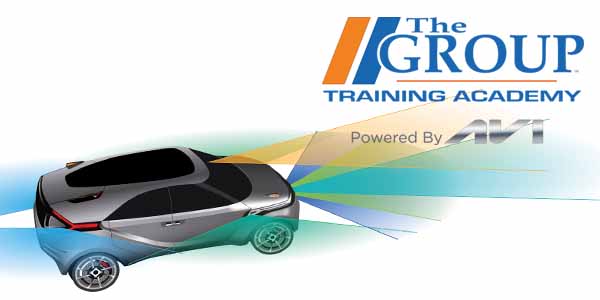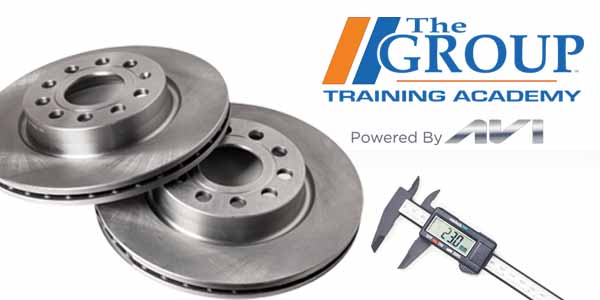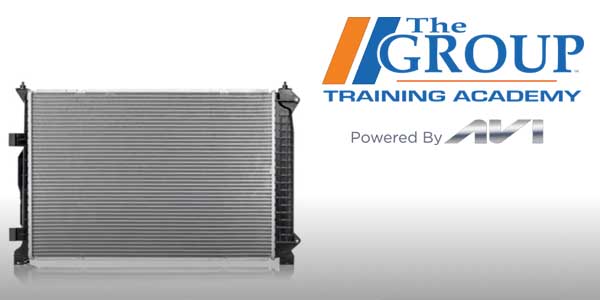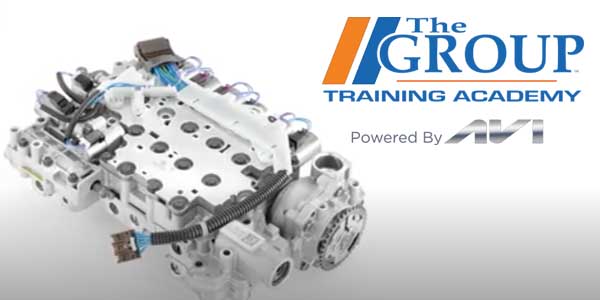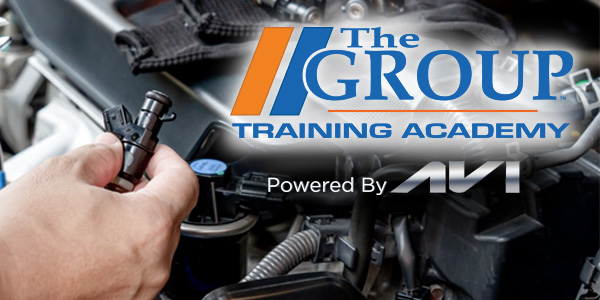CC:
Broadly speaking, a commercial vehicle is any type of motor vehicle that’s used for transporting goods or paying passengers legally. The definition of a commercial vehicle is a little more complex, but for our purposes, we’re talking about vehicles that are used for business purposes or to provide public services. When we talk about commercial vehicles, the first things that might come to mind are semi-truck and buses. But in reality, commercial vehicle fleets can encompass a wide range of sizes and gross vehicle weight ratings, and run the gamut from pickup trucks and delivery vans to box trucks, utility trucks, RVs, and taxis. In this video, we’re gonna mostly focus on class three vehicles, which have a gross vehicle weight rating between 10,001 and 14,000 pounds. This category includes popular models such as the Ford F three 50 Chevrolet, Silverado 3,500 and Ram 3,500. Class three vehicles are popular for a number of reasons. They’re a combination of payload capacity, towing ability, and relatively manageable size. Makes them highly adaptable to a wide range of commercial and specialized applications. Another factor is the range of body styles and configurations that are available from standard pickups and vans to chassis cabs that can be customized with different types of bodies and equipment to suit specific needs,
Your customers might use a Class three truck to haul construction tools, building materials, or landscaping supplies. I would fitted with toolboxes, racks, and storage bins. These trucks often serve as mobile workshops for electricians, plumbers, HVAC technicians, and general contractors. Class three vehicles also are ideal for local deliveries, especially in areas where larger trucks might have difficulty maneuvering. They can be configured to carry passengers and some class three vehicles are outfitted as ambulances. A vehicle that’s used for business or public transportation is gonna be subjected to a lot more wear and tear than the typical personal vehicle, and it’s going to require more frequent inspection and maintenance. Heavy loads, rough terrain, frequent starts and stops, and long hours of operation are among the factors that accelerate wear and tear on suspension components, brakes, tires, and other systems on a work vehicle. When you’re recommending replacement shocks for a Class three vehicle or higher, here’s something to keep in mind.
You can actually upgrade from the OE shocks by recommending gas charge shocks that are available in the aftermarket gas charge. Shocks from FCS add nitrogen to the original hydraulic shock design to deliver a smoother, more responsive ride. Inside the shock. A low pressure charge of nitrogen gas is added in the chamber above the hydraulic oil to minimize aeration of hydraulic fluid. This helps significantly reduce fade, minimize vibrations, and extend service life gas charge shock absorbers help maintain consistent contact between the tires and the road surface, improving vehicle stability and control for class three vehicles that are making deliveries or carrying expensive tools and equipment. This enhanced stability and reduced vibration can help keep precious cargo from shifting and getting damaged by more effectively absorbing road irregularities. Gas charge shocks provide a more comfortable ride, which is especially important for commercial vehicles that are transporting passengers by maintaining greater tired road contact gas charge shock absorbers also can help reduce braking distances, enhancing overall vehicle safety, especially in emergency stopping scenarios.
All of FC S’S shock absorbers for class three through eight commercial vehicles are nitrogen gas charged and engineered to meet and exceed OEM quality using the latest state-of-the-art manufacturing processes. Features of FCS Gas charged shocks for commercial vehicles include reinforced precision robotic welded eye rings designed to handle the worst road conditions velocity. Proportional valving technology that provides proportional damping based on the speed of vehicle to road impact, specially designed concave bushings that keep the bushing in place and prevent bushing, walkout, and a mirror finished hard chrome OE style piston rod that provides superior corrosion resistance and leak-free ceiling. The next time a customer needs replacement shock absorbance for a Class three through Class eight vehicle. Consider recommending nitrogen gas charge shocks for better performance, improved comfort and stability, enhanced safety, and a longer service life. Thanks for watching.
This video is sponsored by The Group Training Academy.

